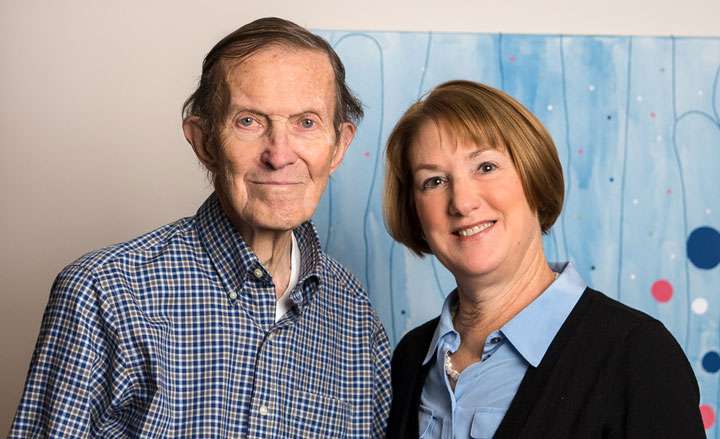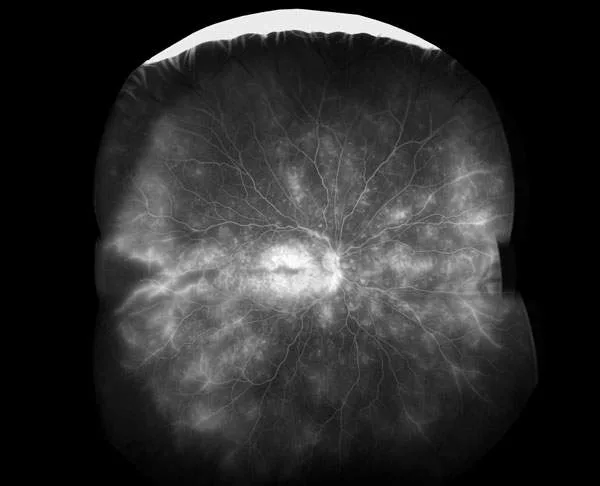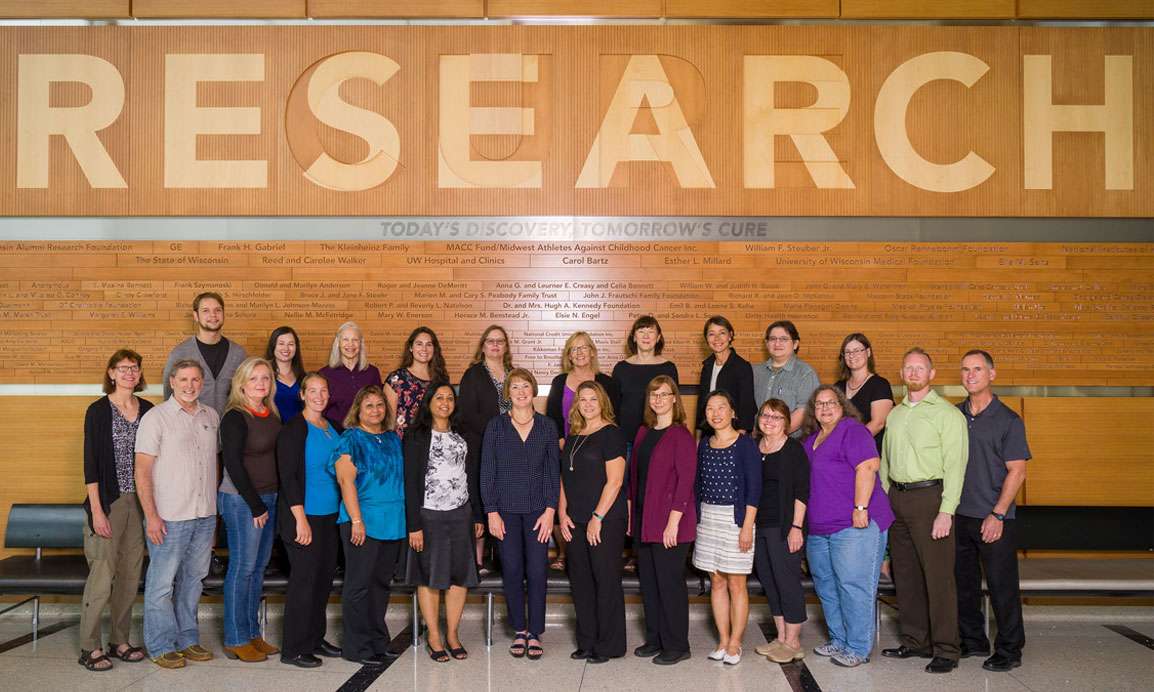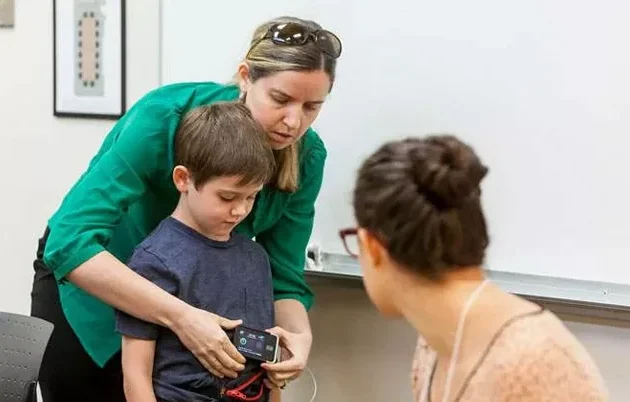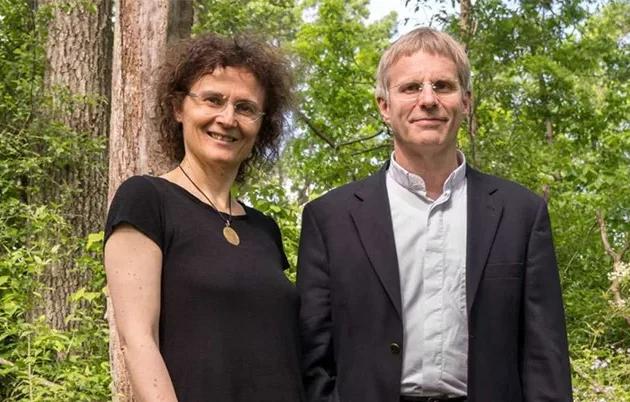An ophthalmologist who specializes in medical retina, Chew notes that these accomplishments were made possible by the FPRC’s work to train many investigators and photographers in the field — a role that remains central to the center’s mission.
Domalpally and Blodi, among others, have frequent contact with Chew through several grants the FPRC currently holds with the NIH.
“Together, we have carried out multiple clinical trials that have impacted how we care for patients,” says Chew. “The FPRC’s collaborative spirit and intellectual input have been key to this success, and staff at all levels display a high level of professionalism.”
Domalpally describes a typical scenario for the center’s work with sponsors: “When a pharmaceutical company is developing a new drug and gets beyond successful animal trials, it needs to do Phase I, II and III clinical trials in humans. Clinical trial leaders call upon us to help determine which imaging tests would be most appropriate, and later to read images and analyze results.”
Center Highly Regarded for Its Credibility
Studies at the FPRC are double-masked, so the highly trained readers do not know which research subjects are getting specific treatments versus placebo. Readers do not look at images like a clinician would; instead they track clinical features over time and send that information to statisticians, who view unmasked data at the end of the trial.
Blodi and Domalpally — along with Michael M. Altaweel, MD (PG ’00), professor, and Mihai Mititelu, MD, MPH, assistant professor, both of DOVS — serve as principal investigators for imaging studies at the center. The FPRC routinely involves medical students and residents through faculty-initiated research projects. Trainees benefit from the large database and imaging know-how of the personnel, as well as their data analysis rigor and biostatistics expertise.
“Because our center is completely neutral and independent, and we are an academic institution, our credibility is excellent,” Blodi shares, recalling that the FPRC’s and Davis’ reputations were among the reasons she chose to join UW Health and DOVS, where she provides patient care and conducts research, respectively.
“As a retina specialist, I am most involved with macular degeneration, diabetic retinopathy and retinal vein occlusion in both clinical and research realms,” says Blodi, a co-principal investigator for the NIH-funded, five-year Study of Comparative Treatments for Retinal Vein Occlusion 2 (SCORE2) clinical trial of monthly eye injections for the treatment of retinal vein occlusion in 362 participants.
Published in May 2017 in the Journal of the American Medical Association, the multi-center SCORE2 study is a head-to-head comparison of Avastin (bevacizumab) vs. Eylea (aflibercept), two widely used drugs in the treatment of retinal vein occlusion. At six months, the drugs were equally effective in improving vision, with an average improvement from 20/100 to 20/40. SCORE2 also provided valuable cost-effectiveness information, as Avastin is a much less expensive drug.
Before starting work on a clinical trial, FPRC research photographers train and certify photographers and clinicians at collaborating sites worldwide. Training covers new software and imaging systems, among other things. Each clinical site that conducts studies through the FPRC must have the capability to acquire high-quality images.
Additionally, strict criteria for large, multi-center trials require all physicians in the trial to gather routinely for meetings, which could be anywhere in the world. An FPRC representative spends a couple of days at each of these meetings to train and quiz physicians and other study personnel in the imaging requirements of the particular trial. Beyond that, most work is done via cloud-based transmission of images and data.
“Our center participates in up to 35 trials at any given time, so that’s a lot of people to train and certify,” says Domalpally. “Our partnership is important because when photographers can take good photographs, the studies have reliable data.”
